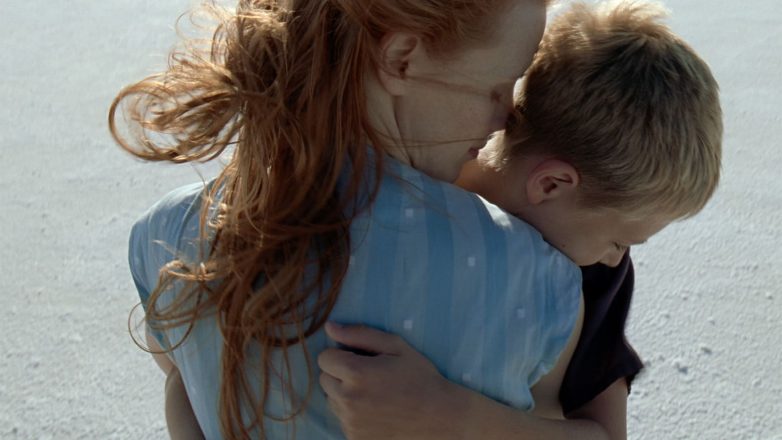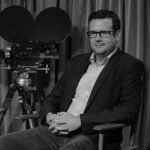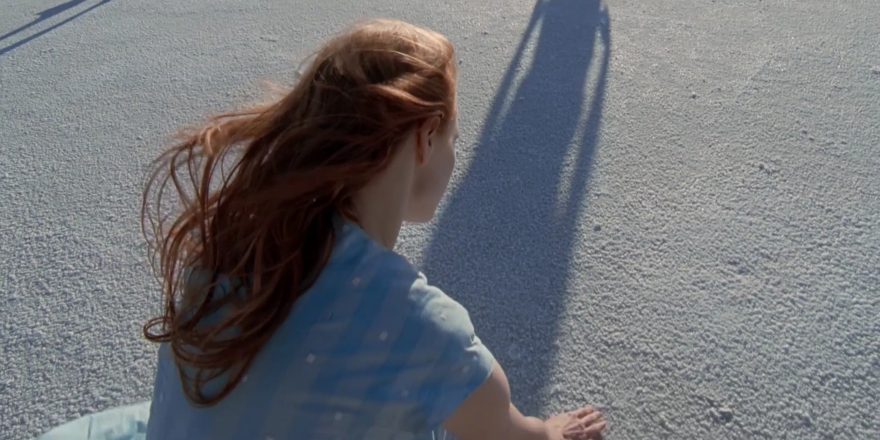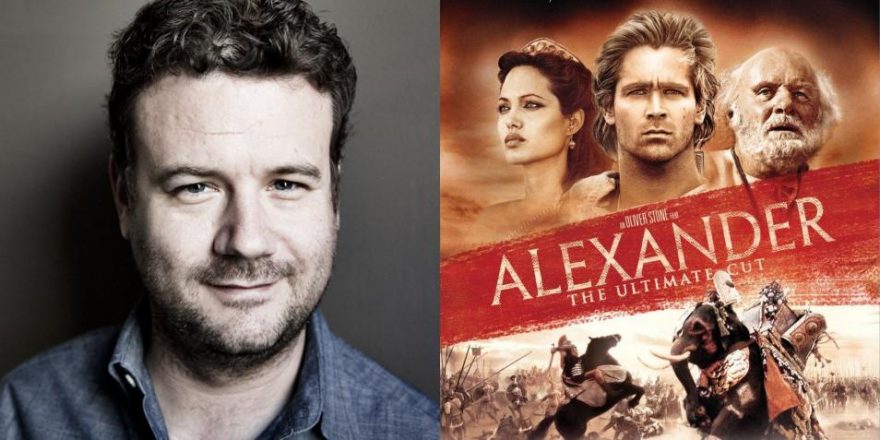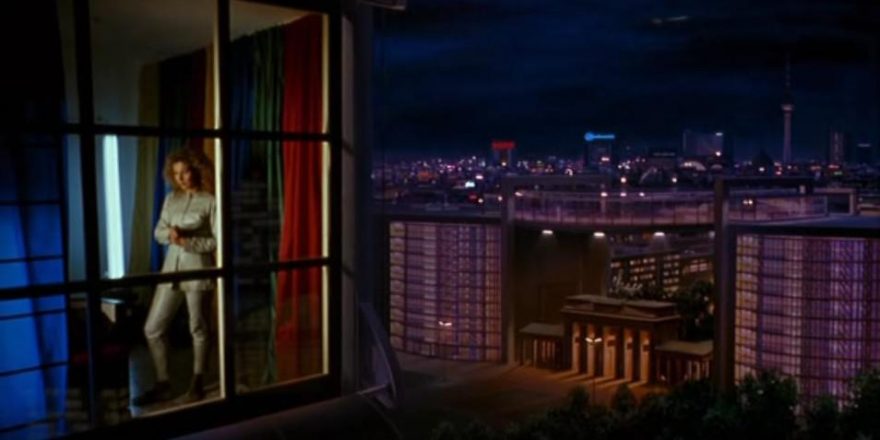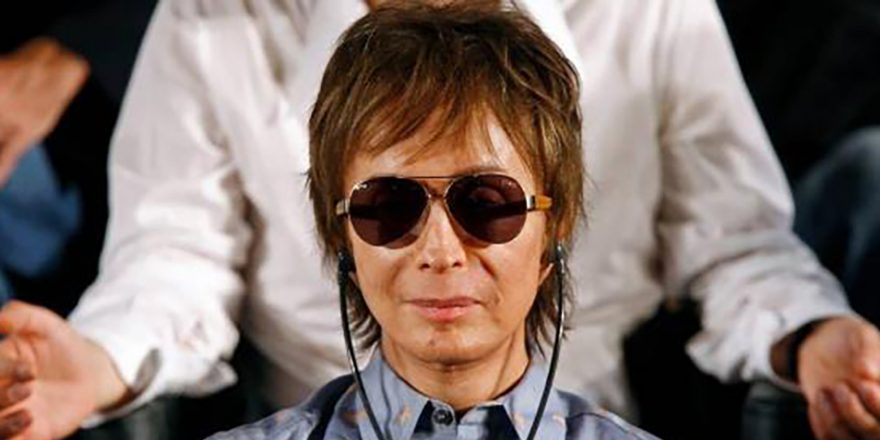When I first saw Terrence Malick’s The Tree of Life during its initial release in 2011, I thought it was a perfect movie: an epic large enough to contain the birth of the universe and ask every big question there was to ponder about life and death and creation, but also an exquisitely intimate character study about a specific family in a specific place at a specific moment in time. It was both the most expansive movie I’d ever seen in its visual and thematic scope and the most precise in terms of capturing small moments of what the character played by Jessica Chastain referred to as “nature and grace.” The movie reached for transcendence in a manner that had echoes of 2001 or the best of Tarkovsky and Bresson, but its breadth was even larger; I doubt that any other director has ever observed the human condition with such a wide philosophical range. Going back to Badlands in 1973, Malick’s films are filled with physical, moral, spiritual and emotional brutality – he certainly can’t be accused of being naive or unwilling to consider men and women at their most selfish or opportunistic – yet to watch any one of them is to share the point of view of an artist more in awe of the universe in which he lives (and that includes the people and animals that occupy it) than any other filmmaker in the history of movies. Beauty and ugliness, grandeur and the mundane, and matters both religious and secular coexist on one cinematic continuum that is all the more powerful for its elusiveness – even when the best critics (like Kent Jones or Matt Zoller Seitz) write about Malick, there’s something just beyond their words that can’t really be articulated. There’s no way to truly describe or sum up what he does; only the experience of actually watching one of his films can do that.
With The Tree of Life, Malick found the perfect structure to encompass all of his obsessions, a narrative split between three complementary stories: one a 1950s coming-of-age tale focusing on the three sons of parents (Brad Pitt and Jessica Chastain) who represent very different ways of living and looking at the world; one a present-day snapshot of one of those boys (Sean Penn) grown up and grappling with his (and by extension the entire planet’s) past, present, and future; and the third a digression early on in the film in which Malick propels us backward in time to experience the very origins of existence and the battle between nature and grace embodied in Pitt and Chastain’s characters. By all reports, this was a project that gestated for many, many years, and during production Malick followed his usual practice of veering far from the prepared script, throwing the actors into unexpected situations and shooting far more footage than could ever possibly fit into a two- or three-hour film suitable for theatrical release. By the time he and his five editors got out of the cutting room, though, Malick had exactly the right shape for his meditation on how and why to live a righteous life in a harsh world; his three timelines bounced off, intersected with and commented on each other to sum up everything he had been building toward in Badlands, Days of Heaven, The Thin Red Line and The New World and freed him up for the even riskier and more probing work to come in To the Wonder, Knight of Cups and Song to Song. I’m a huge fan of all of those films, but I don’t know if Malick ever played all of his notes as flawlessly as he did in The Tree of Life.
Therefore, to say I had ambivalent feelings about Criterion’s announcement of an entirely new cut of Malick’s masterwork would be a major understatement. On the one hand, as a Malick enthusiast I’m always curious about what he leaves on the cutting room floor, especially since his process isn’t the usual fine-tuning and pruning that most directors go through during editing. Entire subplots and characters get dropped – Bill Pullman, Amanda Peet, Mickey Rourke, Michael Sheen, and Rachel Weisz are just some of the actors who have seen their parts in Malick’s films completely excised from the final cut, and even Chastain was left on the cutting room floor when she reunited with Malick for To the Wonder. On the other hand, I’ve always been against directors tinkering with completed work even when the films were far less fully realized than The Tree of Life; my feeling is that unless a film was just completely yanked out of a director’s hands, it should remain as it was when it was released, because a film isn’t just a story or a collection of images – it’s a document of the time in which it was made, and of the director’s state of mind at that time, and of the technology and resources available to him or her in that moment. This has been a long held belief of mine, though it has been chipped away at in recent years by directors like Oliver Stone and Ridley Scott releasing new edits of their films that are undeniably superior to the theatrical cuts. Now I have to admit that it’s time to reject my own dogma completely, both as a reaction to the new extended cut of The Tree of Life and after considering Malick’s own rationale for the project.
According to Criterion’s website, the new version of The Tree of Life – which at a little more than three hours runs around 50 minutes longer than the theatrical edit – came about after Malick said something along the lines of, “No one expects a musician to play the same song every night,” a simple statement that hit me like a thunderbolt. The logic of Malick’s insistence that he be allowed the same freedom and flexibility as Bob Dylan or Aretha Franklin provided the perfect context in which to view his new incarnation of The Tree of Life, which is not a “director’s cut” or even preferred edit but simply a different performance – and one which is essential viewing for anyone who cares about Malick or movies in general. The biggest difference in the movie is a substantial increase in the material devoted to Brad Pitt’s role as the patriarch of the Texas family whose story comprises the bulk of both versions of the film; in the theatrical version, he was viewed more through the eyes of Jack, the character who grows up to be played by Sean Penn and who sees his father as an unforgiving, rigid force of nature and his mother as a loving, nurturing believer in the good in people and the world. Pitt’s bitterness and resentments were recognizable and human but at a slight remove; when he would leave the house for work and business trips, we felt the sense of relief and liberation that his sons and wife did.
In the extended cut, Malick includes multiple scenes that reveal both the depth of the father’s disappointment in himself and the origins of his cynicism in his relationship with his own father, a character cut from the theatrical release; there’s also a new brother-in-law character who arrives for a visit and provides a contrasting view of masculinity that weakens Pitt’s character in both his own eyes and the eyes of his children. What was formidable in the theatrical cut becomes compromised and pitiable in the longer version, and the scenes that exist in both versions now have a different emphasis; a scene in which Jack tells his father that he’s more like him than like Chastain’s character plays as defiant and critical in the theatrical release but empathetic and resigned in the new cut. Pitt’s performance in this Criterion edit is extraordinary, a portrait of wounded masculinity that contains all of the complexities and contradictions of 20th-century American maleness in one man without straining for the significance – Pitt’s work is as delicate and ambitious as Malick’s, and makes his Mr. O’Brien character a classic tragic protagonist to rank with Willy Loman or Michael Corleone. There’s also a powerful sequence in the long version that merges the cosmic and character-driven aspects of The Tree of Life when a tornado hits the O’Brien family’s town while Pitt’s character is away on business. His family is left helpless in the face of nature, dramatizing the allegorical function of Pitt and Chastain’s characters in a way that casts a new light on the movie’s biggest overall question: what is our significance and place in the universe?
In one of his last pieces before he died, Roger Ebert wrote of The Tree of Life, “in the span of the universe, we inhabit an unimaginably small space and time, and yet we think we are so important. It is restful sometimes to pull back and change the scale, to be grateful that we have minds that can begin to understand who we are, and where are in the vastness.” I agree with Ebert that this is part of The Tree of Life’s greatness, but what’s really amazing about the movie is the fact that it acknowledges that vastness at the same time that it honors the significance of the minutiae of our daily lives – of one gesture a mother makes toward her son and how that gesture can ripple across years and, by affecting that son, affect those who come into contact with him years afterward and thus affect everyone they come into contact with. Malick finds the infinite within each of his characters, and does it with a casualness that seems almost tossed off at times, like he’s catching these massive epiphanies on the fly. Which, in a sense, he is if the making-of features on the Criterion editions of this and his other films are to be believed. His extended cut of The Tree of Life would make a great double feature paired with a very different film from a very different time, Casablanca, a movie that made the case that a couple of people’s small problems didn’t amount to “a hill of beans” in the grand scheme of things. Malick’s genius is that, like the makers of Casablanca, he knows this to be true, knows the opposite to be true, and can make both cases with equal intensity in the same film – and now, two very different but equally rewarding versions of the same film.


